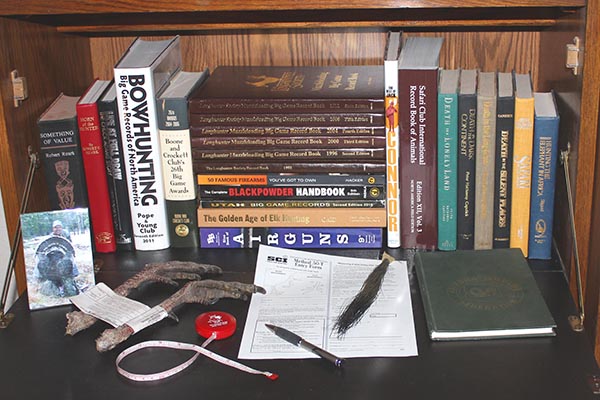
Last Updated on
By Tony Martins
Opinions vary widely on the topic of entering big game animals in record books. Some maintain these are systems to “honor the animal” or the hunt, while others argue they are simply a way for lucky hunters to brag about their conquests. In my opinion as a lifelong hunter and wildlife conservationist, there are a number of good reasons to enter exceptional animals in the record books, and countless justifications – including some truly lame excuses – for not doing so.
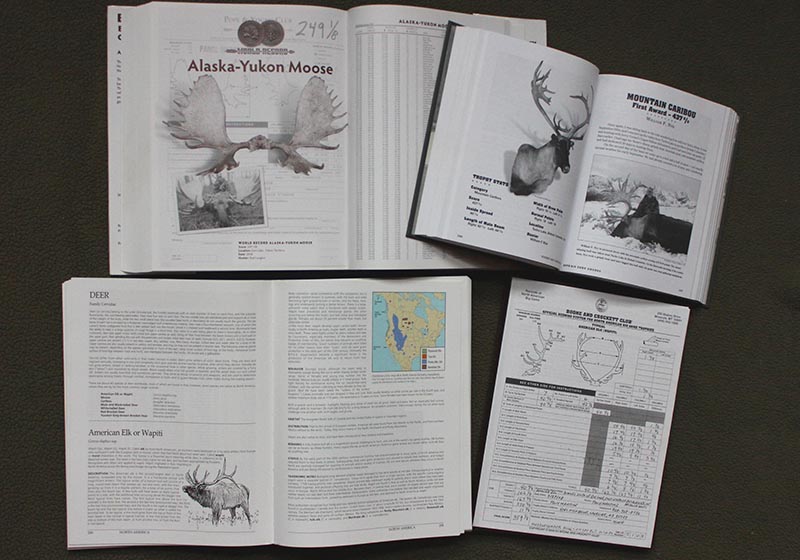
Almost every week reports of a new “World Record” circulate in cyberspace, yet few of these animals actually make their way into a record book. Sometimes there are shady circumstances surrounding the harvest. When legality and/or fair chase ethics are questioned, this usually precludes book acceptance. The first wild, documented 500-inch Rocky Mountain elk taken by a hunter was rejected by one record book, but ultimately accepted by another. Sometimes excitement and anticipation are overcome by the harsh reality of official measurement, and I’ve been personally victimized by such zealotry. An African outfitter jumped the gun by advertising my copper springbok as the new world record immediately after I took the animal in 2012. This claim was made well before the mandatory 60 day drying period, and subsequent official measurement. It fell 2/8ths of an inch short, and remains #2 in the Safari Club International (SCI) book to this day.

Often the hunter simply decides to not enter the animal. A local hunter and friend was so disappointed when his mountain lion fell 2/16ths of an inch short of #1 that he did not enter his big tomcat. This is a shame – as it denies others the opportunity of sharing in the taking of this magnificent predator. Considering the American obsession with size and the high level of interest in scores and book status, it’s surprising how few hunters actually enter animals that qualify in any of the various record books. Fortunately, my good friend Shane Burleson chose to share the 140+ inch Coues whitetail buck he took last season with the hunting community, by booking this extraordinary animal. Just last month it was officially named the new #1 non-typical in both the Pope & Young (velvet category) and SCI record books, by a remarkable 16 and 5 inches, respectively – truly an archery World’s Record (or two!).

According to Doug Luger, former head of the Records Department with SCI: “Sharing harvest details and measurement data through record book entry is important to the heritage of hunting.” Record books are a valued resource for comparative size information, as well as info concerning the geographical distribution of top animals for each species. Muley Crazy Magazine Publisher and mule deer authority, Ryan Hatch, (http://www.muleycrazy.com) believes that record books: “…document standards and benchmarks for the species,” and also “…differentiate between average and exceptional animals.” He also notes that unfortunately: “Record books can turn otherwise honest people into liars and frauds.” True. The Arizona State Record for a popular fish species that has stood for more than 20 years was actually caught in a different lake than the one officially listed. The fisherman, a well known local, apparently wanted the recognition for his catch, but not the competition at his favorite fishing hole that news of this big fish would most certainly attract. Thus, he filed a phony report, and careless validation by the Department of Game & Fish has perpetuated the fraudulent location claim.
The above example of deceit and self-aggrandizement illustrates the presumptive opinion that record books are about the hunters (or fishermen) rather than the animals. The Pope & Young Club is recognized as the official repository for records of bow-harvested North American big game animals. Here’s the club’s official position on this topic: “Honor the animal. The Records Program provides a poignant opportunity to honor each individual outstanding big game animal, for posterity and throughout all of time. In first and foremost honoring the animal, each record book listing also recognizes a bowhunting achievement and celebrates ALL the times and efforts involved that culminated in that moment.”
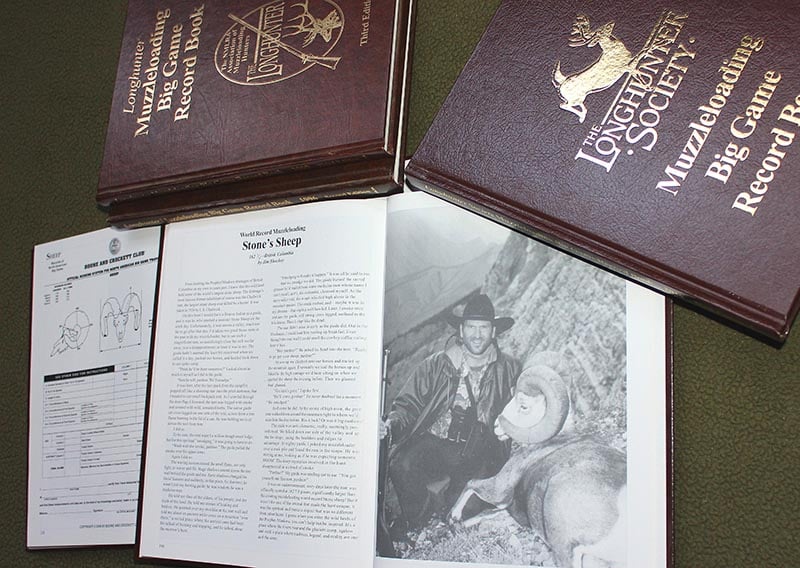
The backward view that a record book’s purpose is to celebrate the hunter is often shared by hunters who do not “book” animals, and may in fact be a reason for their non-participation. Additional reasons range from pride and secrecy to dishonesty and indifference. My good friend and hunting icon, Jim Shockey (http://www.jimshockey.com), addresses this topic perfectly in the following quote that I solicited for this article: “I was a proud member of the ‘I-never-enter-my-animals-in-the-record-book’ crowd… until I realized the record books aren’t about ‘me;’ the record books are about the animal and the place the animal came from and the outfitter and guide and when and how that animal was taken. The record books are historical archives that I now feel every hunter has a responsibility to contribute to, should they be fortunate enough to take an animal that qualifies for entry.”
Record Book History
The Boone and Crockett Club is the oldest wildlife conservation organization in North America, founded in 1887 by Theodore Roosevelt and George Bird Grinnell. The mission of the B&C Club is “…to promote the conservation and management of wildlife, especially big game and its habitat, to preserve and encourage hunting and to maintain the highest ethical standards of fair chase and sportsmanship in North America.” The club championed the first legislative efforts to fund wildlife conservation, including the Wildlife Restoration Act (aka Pittman-Robertson), and the Federal Duck Stamp Act. B&C pioneered and established the principles of responsible, ethical, and sustainable use hunting, naming this practice “Fair Chase,” and also created the first big game scoring and data collection system (http://www.boone-crockett.org/bgRecords/records_overview.asp?area=bgRecords).
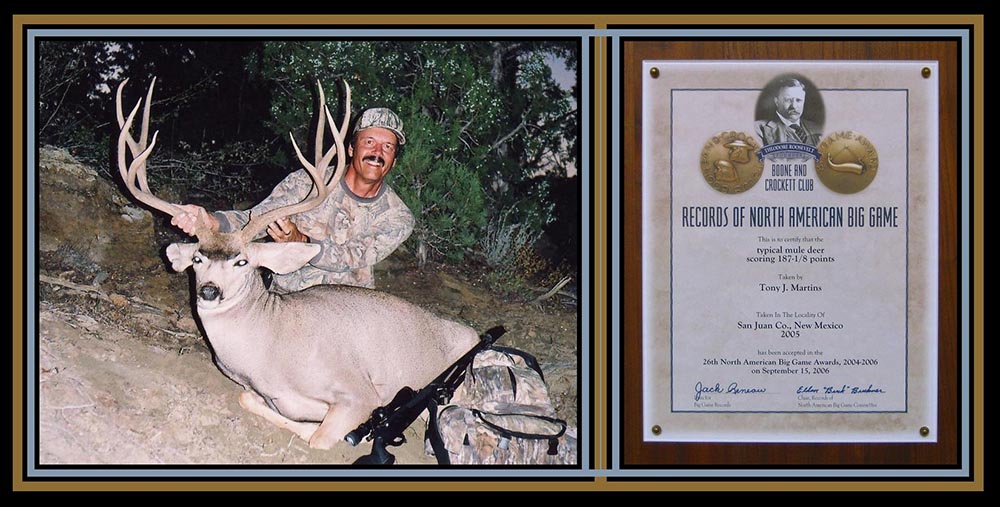
According to the club, records are maintained “…to objectively measure and evaluate species and population health and habitat quality to improve state and federal wildlife policies and management.” The B&C scoring system favors symmetry, and record book qualification standards are high. Considered by many as the holy grail for North American hunting, taking a B&C animal is a rare and prestigious event – so much so that a popular outdoors TV host invented the term “gross boone” for animals that fail to make the book after scoring deductions for symmetry! The B&C scoring system is scorned by many hunters as “unfair” due to the symmetry bias but frankly, animals either meet the B&C standards and make the book after official measurement, or they don’t – there is really no gray area.

Worldwide, Rowland Ward’s Records of Big Game is considered “the book” by much of the international hunting community. Renowned British taxidermist James Rowland Ward founded his publishing company in London in 1890. Known for natural history books and big game hunting narratives, his record book was first published in 1892. Rowland Ward’s is the oldest series of record books in existence, containing measurements of game animals from all over the world. In recognition of older, mature animals that often break their horns, tusks and antlers, only the longest/largest of the pair are recorded for ranking purposes. Over time, “the book” became a who’s who of big game hunting. King George V, Queen Elizabeth II, Sir Winston Churchill and President Theodore Roosevclt are included among other royalty, nobility, dignitaries and celebrities. After World War II, sportsmen like Ernest Hemmingway, Robert Ruark and Jack O’Connor entered their exceptional game trophies, introducing an American influence. The 30th edition is scheduled for publication later this year (https://rowlandward.com/record-book-and-world-records/).
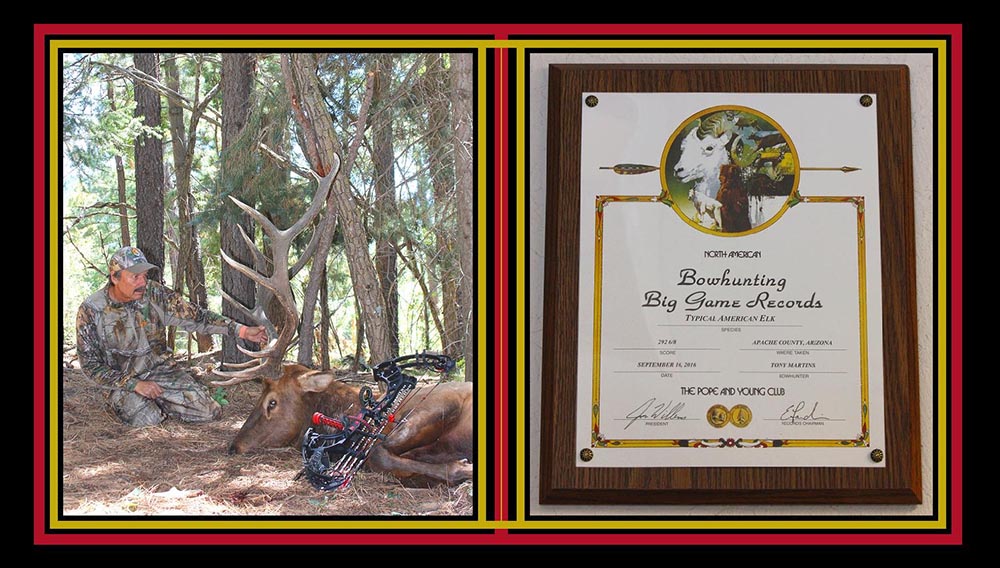
Honored as namesakes of the Pope & Young Club, Dr. Saxton Pope (1875-1926) and his hunting companion Arthur Young (1883-1935), were two of the most influential bowhunters in history. The club arose from the National Field Archery Association in 1961 with the goal of validating the effectiveness of the bow and arrow and thus, improving the image of bowhunting. Dedicated to good conservation practices and fair chase hunting, the club would record North American big game animals taken with bow and arrow. Almost immediately, this recorded information was requested by conservation departments across the country to be used in the establishment of bowhunting seasons. Today P&Y maintains the universally recognized repository for records and statistics of North American big game animals harvested with bow and arrow, publishing record books, supplements and statistical summary pamphlets to update information compiled in the Records Program archives. These are a testimonial to wildlife, traditional wildlife management, and the importance and success of hunting as a management tool (https://www.pope-young.org/records/default.asp).
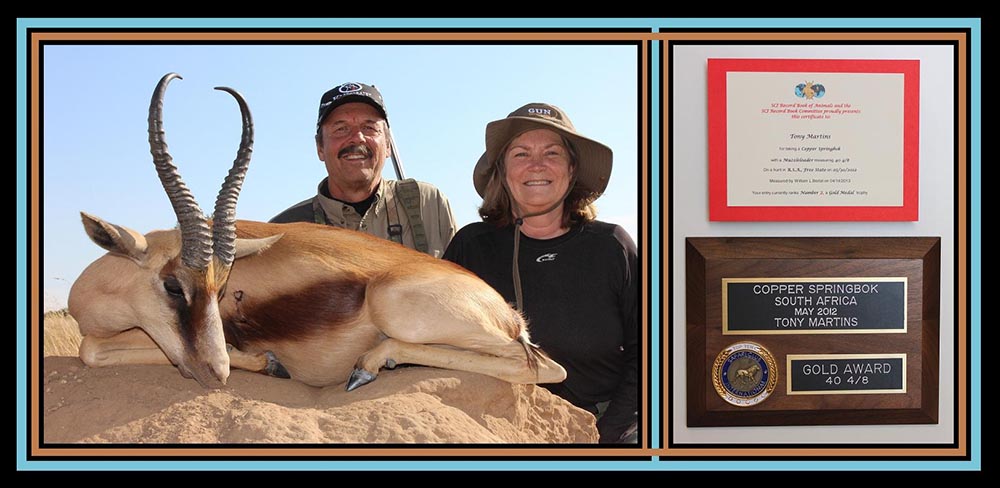
Safari Club International (SCI) was founded in 1972 by C.J. McElroy and fellow hunters dedicated to protecting the heritage of hunting and promoting wildlife conservation. SCI’s 50,000+ members agree to abide by a code of ethics which includes making positive contributions to wildlife and ecosystems. The club’s foundation funds and manages worldwide programs providing outdoor education and anti-poaching efforts, and humanitarian services like Sportsmen Against Hunger and SafariCare, as well as wildlife conservation. The SCI Record Book is the largest such record keeping system in the world, ranking every species of game animal using the SCI scoring system. Separate listings are maintained for free range and estate hunted trophies in several method-of-take categories including: rifle, muzzleloader, handgun, bow and arrow and crossbow. Critics object to the cost of SCI booking, as well as the program whereby members can reward themselves for their hunting achievements by purchasing expensive awards to be handed out at the annual convention. Considering that 100% of net proceeds from the Record Book and World Hunting Awards program are donated to anti-poaching and conservation projects, is this really a bad thing? [https://www.safariclub.org/what-we-do/record-book.]
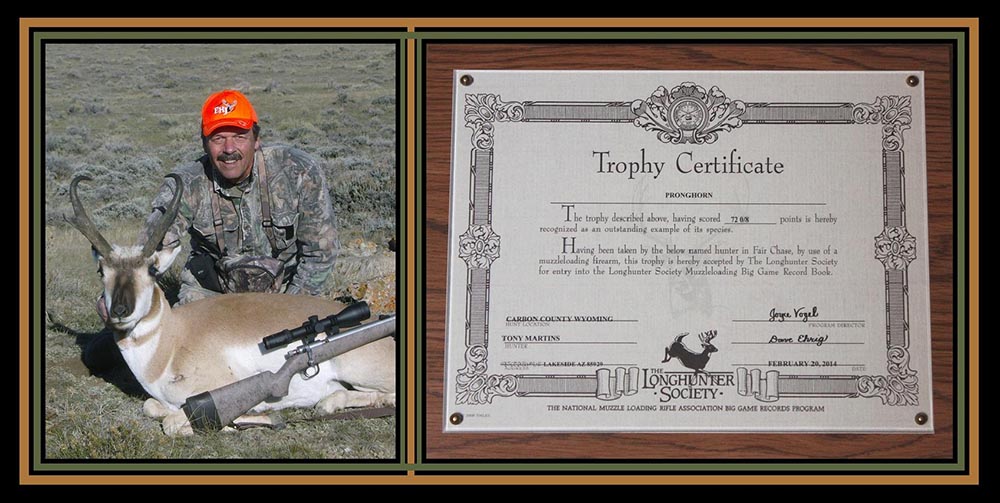
The Longhunter Society was formed in 1988 by the National Muzzle Loading Rifle Association to promote muzzleloader hunting throughout North America. It brings deserved recognition to hunters who have accepted the one-shot challenge in pursuing North American big game with a smokepole. The Longhunter Record Book honors the exceptional animals taken with muzzloading guns by hunters who abide by fair chase standards. The B&C scoring system is used, although Longhunter qualifying scores are lower than B&C, in recognition of the difficulties associated with muzzleloader hunting. The Longhunter Society fully supports the conservation of all North American wildlife, and the continuing effort to maintain habitat and manage wildlife for preservation of both the resource and the sport of hunting (http://nmlra.org/programs-2/longhunter-society/).
Continued in: To Book, or Not To Book – The “Trophy” Hunting Controversy.




Leave a Reply